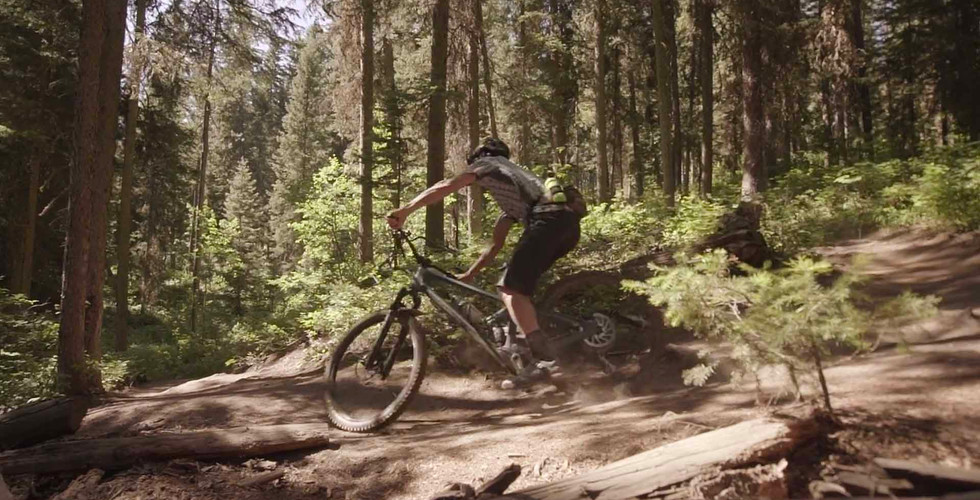Forest Service Issues E-bike Guidance
- JJ McGinnis
- Apr 22, 2022
- 2 min read
Last month the USFS issued guidance on future e-bike management on national forests and grasslands. You can find the press release and updated travel management directives here. The guidance clearly defines three classes of e-bikes as motorized vehicles and confirms e-bikes continued access to existing motorized roads and trails.
FSM7700 has been updated to include the following definitions:
Electric Bicycle (E-Bike). Also referred to as an electric mountain bike (eMTB), a type of motor vehicle with two or three wheels, fully operable pedals, and an electric motor of not more than 750 watts that meets the requirements of one of the following three classes: a. Class 1 E-Bike. An e-bike equipped with a motor that provides assistance only when the rider is pedaling and that ceases to provide assistance when the e-bike reaches the speed of 20 miles per hour. b. Class 2 E-Bike. An e-bike equipped with a motor that may be used exclusively to propel the e-bike and that ceases to provide assistance when the e-bike reaches the speed of 20 miles per hour. c. Class 3 E-Bike. An e-bike equipped with a motor that provides assistance only when the rider is pedaling and that ceases to provide assistance when the e-bike reaches the speed of 28 miles per hour.
The guidance also clarifies that any expansion of e-bike use on new or non-motorized trails requires the same level of environmental analysis as any other travel management decision. Most importantly, the Forest Service Manual now includes a specific class of motorized trail open to e-bikes only. This classification will allow local authorities to consider additional and more primitive e-bike access and opportunities, while still requiring the same analysis, considerations, and public comment expected of new motorized route proposals.








Joining servers and building with friends is easy in Eaglercraft which has built-in multiplayer so you can team up and explore cool maps with others.
These services can also include mock inspections that simulate official regulatory audits. By identifying weaknesses gxpauditconsult before a real inspection, organizations can address issues proactively, ensuring they are fully prepared to demonstrate compliance and withstand the scrutiny of regulators without unexpected setbacks.
If your garage door is giving you problems, look no further than goprogaragedoorrepair. They handle everything from sensor issues to spring replacements. I was impressed with how quickly the garage door repair sunnyvale installed new weather stripping, improving insulation and reducing noise. Their team is knowledgeable and respectful, making the entire process hassle-free. You won’t regret calling them for help.
The website indian escorts dubai is well-designed and easy to navigate. It provides a smooth and user-friendly experience. Definitely a great platform!
Escort Service in Delhi understands the need for discretion and professionalism. Enjoy a safe and confidential service where your privacy is treated with the utmost importance. A range of services are available, from engaging companionship to imaginative roleplay experiences, all delivered with respect and understanding. For high-quality interactions in a discreet setting, Escort Service in Delhi is the ideal choice.
Escort Service in Kirti Nagar
Mayapuri Escort
Escort in Nehru Place
Paschim Vihar Escort Service
Escort Service Patparganj